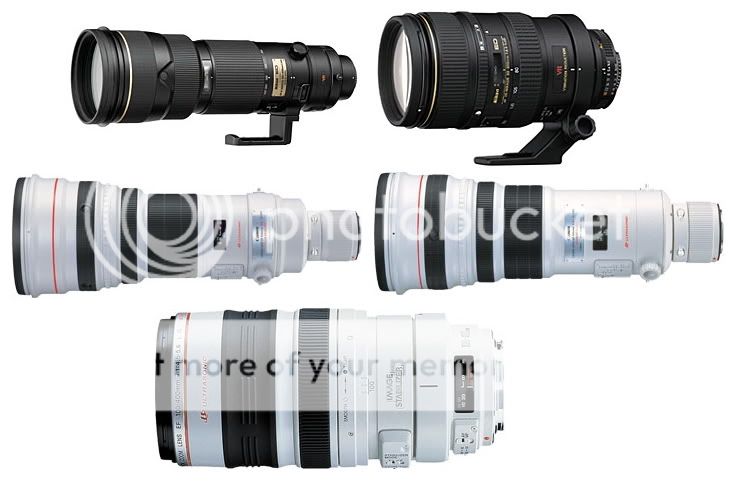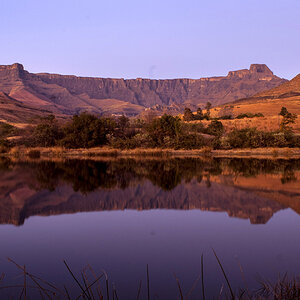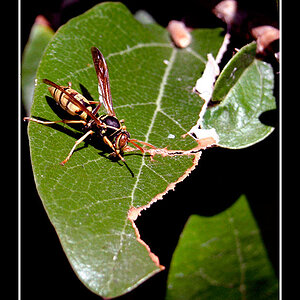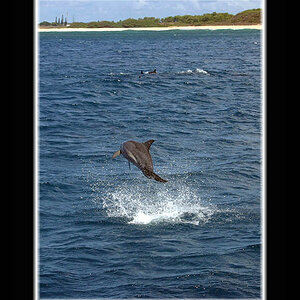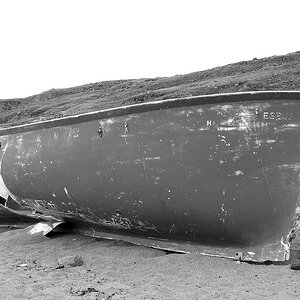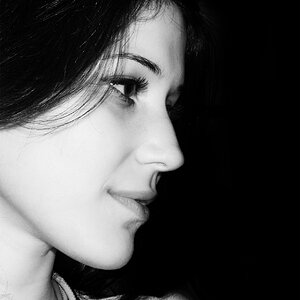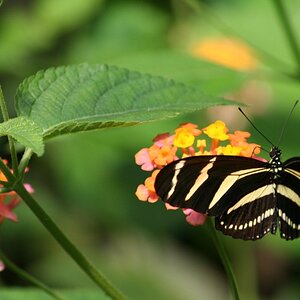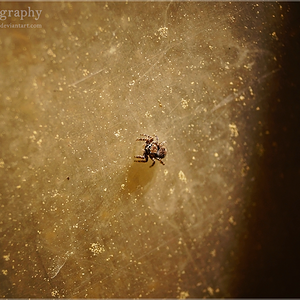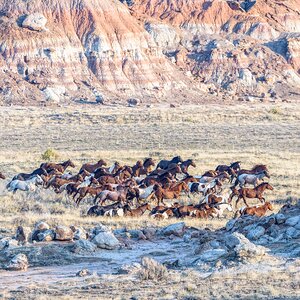Hello, you'll have to forgive my ignorance. I am just beginning to study photography and I know almost nothing about the subject.
I am interested in purchasing a dslr and a telephoto lens. My main reason for doing this is for shooting wildlife, such as deer, elk, moose etc. This will be purely for just a hobby, and I am not looking to shoot professional grade pictures or anything like that. I just want some decent equipment to upgrade from my current Canon Powershot G3 point and shoot camera. My question is this...how would a 70-300mm lens (specifically the Canon EF 70-300mm f/4-5.6 IS USM) compare, as far as zoom goes, to say the Canon Powershot S5 IS point and shoot with 12x optical zoom? Will the dslr with the 70-300mm lens be able to zoom in significantly more?
Again, sorry for the ignorance, I just know nothing about this.
Thanks!
I am interested in purchasing a dslr and a telephoto lens. My main reason for doing this is for shooting wildlife, such as deer, elk, moose etc. This will be purely for just a hobby, and I am not looking to shoot professional grade pictures or anything like that. I just want some decent equipment to upgrade from my current Canon Powershot G3 point and shoot camera. My question is this...how would a 70-300mm lens (specifically the Canon EF 70-300mm f/4-5.6 IS USM) compare, as far as zoom goes, to say the Canon Powershot S5 IS point and shoot with 12x optical zoom? Will the dslr with the 70-300mm lens be able to zoom in significantly more?
Again, sorry for the ignorance, I just know nothing about this.
Thanks!


